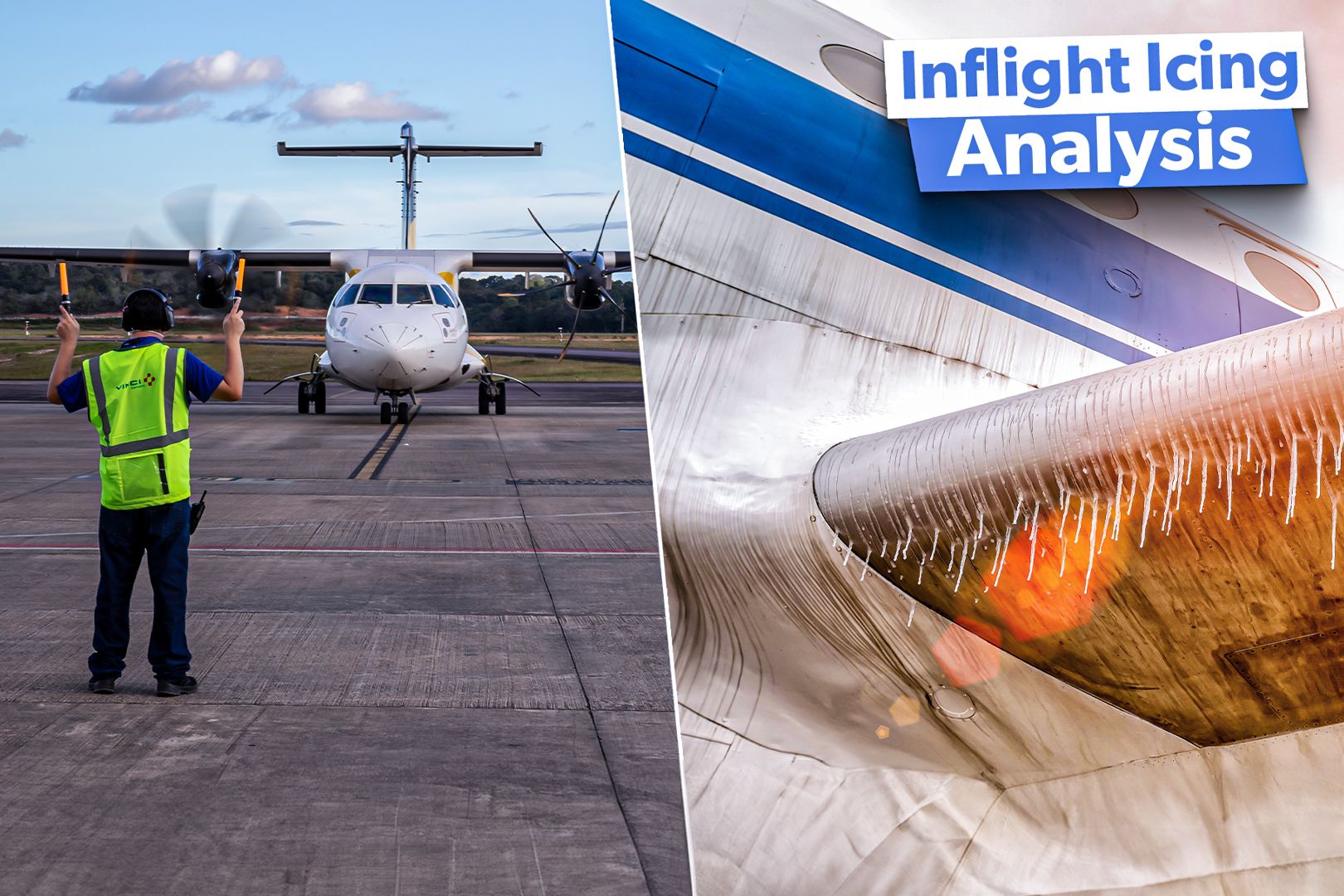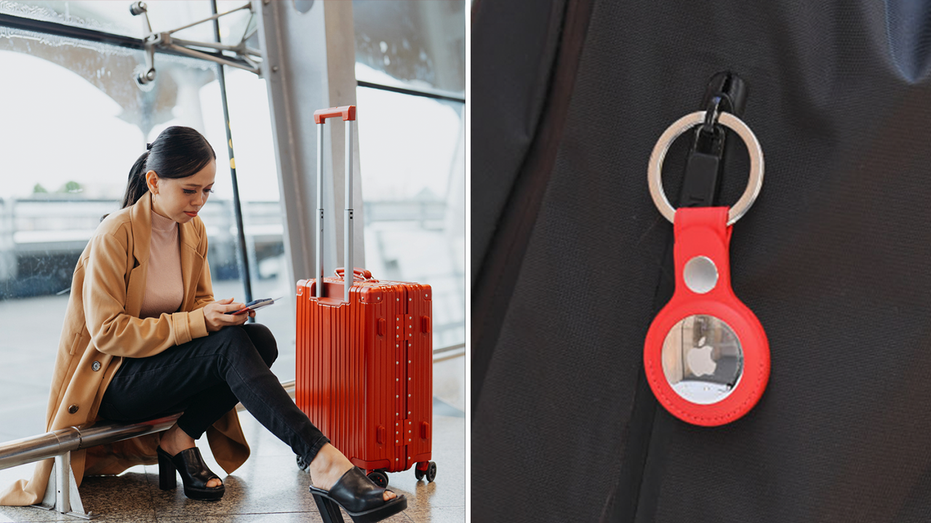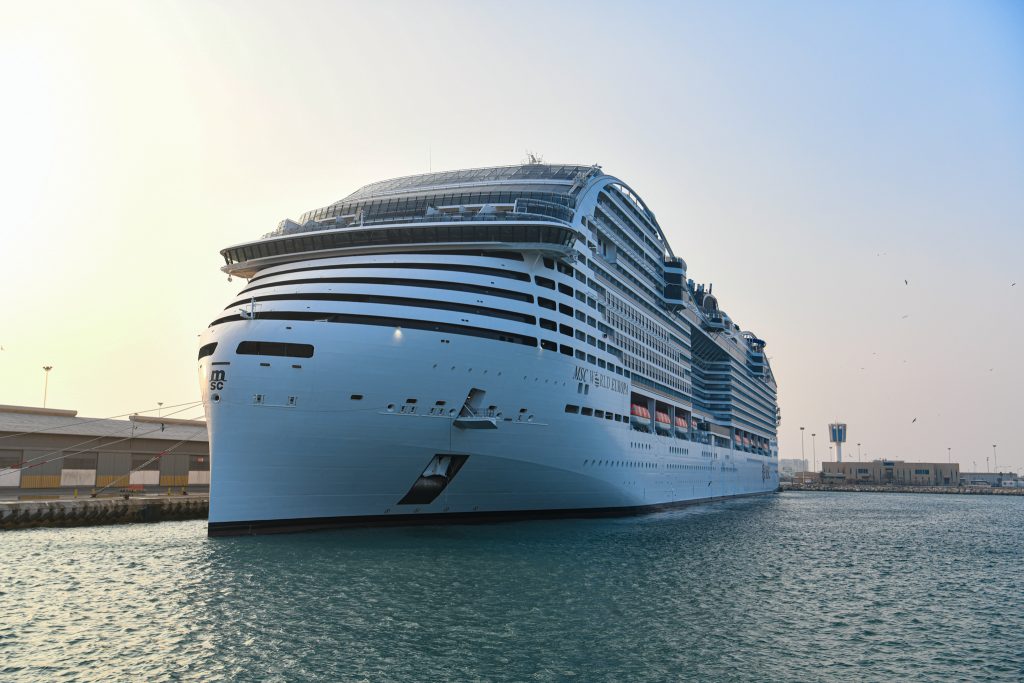Summary Turboprops are most icing-prone due to flying at altitudes where supercooled water droplets freeze on contact. Icing can reduce lift and lead to a stall, as seen in Voepass Flight 2283's tragic crash in Brazil. Turboprops use various systems to combat icing, including inflatable boots, thermal anti-icing, and propeller anti-ice.
Because of the many occurrences involving ice, Turboprops are frequently featured in the news. These mishaps frequently result from regrettable sequences of events that preceded the aviation catastrophe. But why are turboprops seeing such a high frequency of icing issues? What makes turboprops the most icing-prone aircraft The development of icing on airplanes can be influenced by a variety of factors, including temperature, humidity, and altitude.
However, icing is most commonly observed at 'mid-altitudes' (10,000 to 20,000 feet), where supercooled water droplets form. These droplets are liquid water that stays unfrozen even though it's below freezing. If the airplane passes through precipitation or clouds, supercooled water droplets are disturbed from their calm state and instantly freeze, forming ice on the aircraft's surfaces.
Turboprop aircraft used in scheduled commercial aviation (with at least 30 passengers, such as the ATR 42, ATR 72, or De Havilland Canada DHC-8) although they can reach altitudes up to about 25,000 ft (7,620 m), they typically operate at lower altitudes (especially on shorter routes), reducing climb and descent times.

















